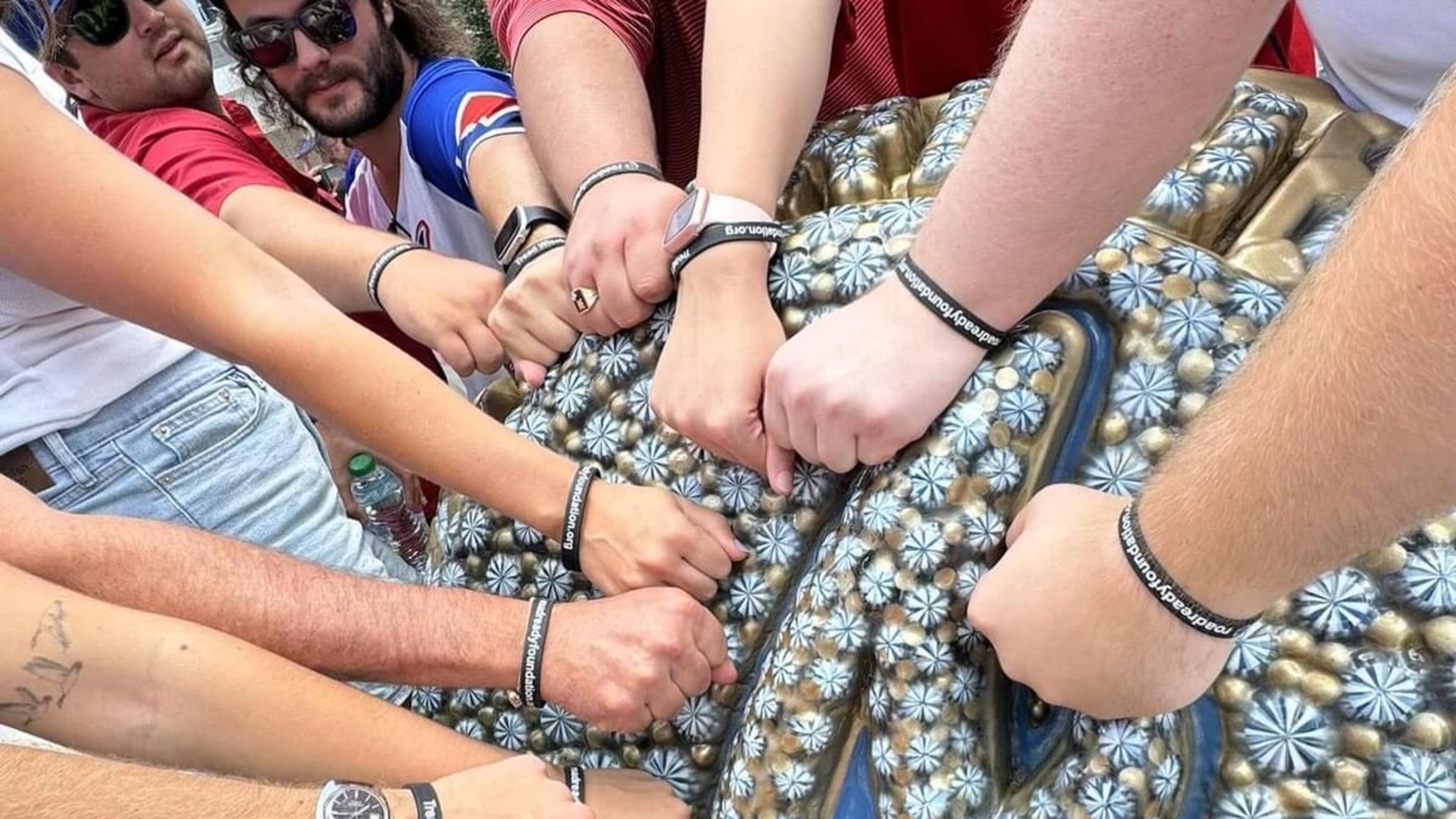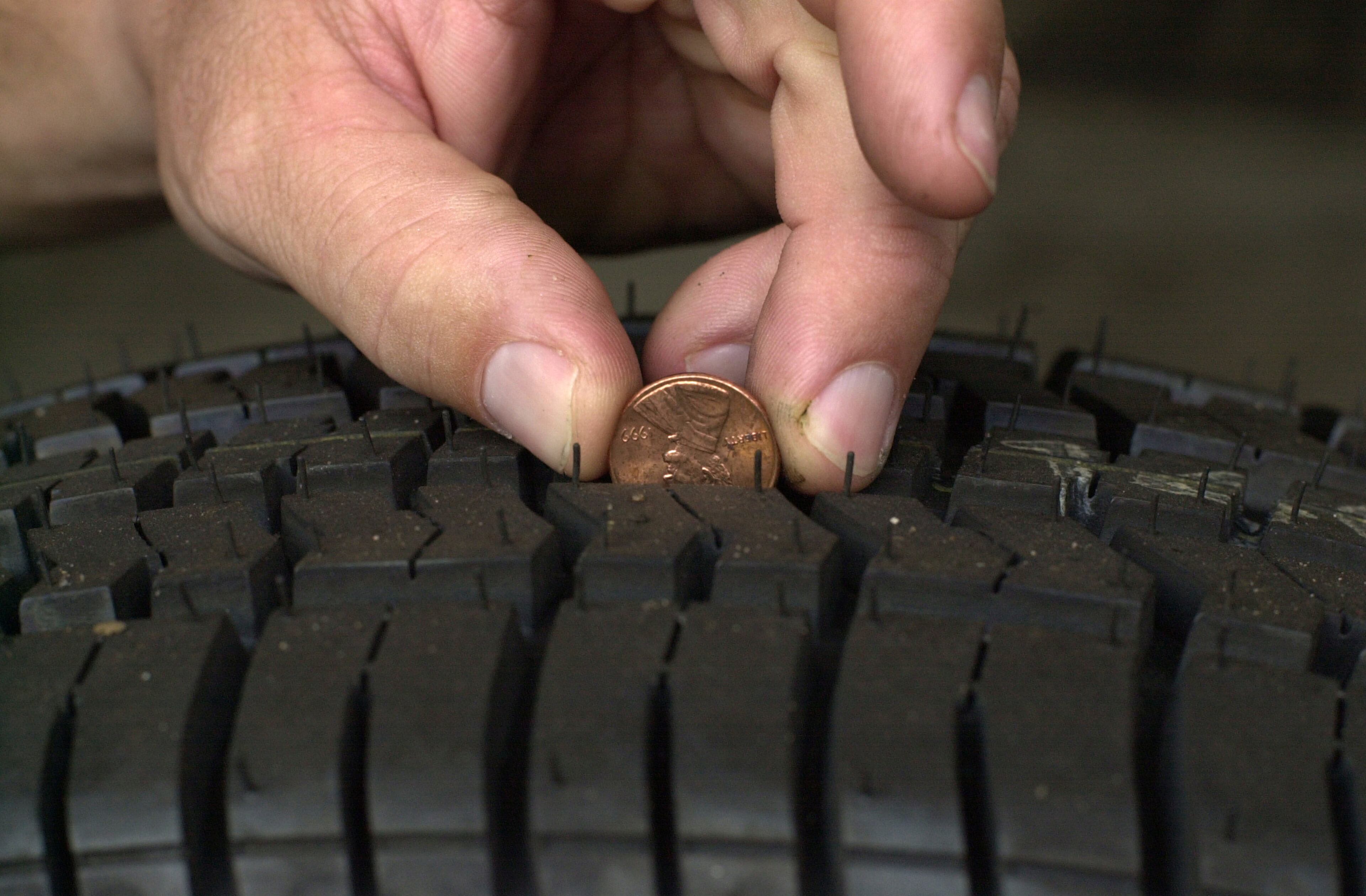Gridlock Guy: Road Ready Foundation promotes safe tires for young drivers

Younger drivers generally take more risks, which, when paired with their inexperience, makes a deadly combination. But the equipment they use matters, too.
New research and awareness are eroding the common notion of assigning the old grocery clunker to a teen driver. Older vehicles are often less safe, contain fewer safety features that aid drivers, and have fewer ways to integrate addictive mobile devices into a hands-free driving experience.
And Road Ready Foundation President Alex Bebiak says parents and teens need to pay far more attention to the rubber that hits the road.
Bebiak spoke to us in April about the February 2023 tragedy that took his 19-year-old son, Jackson. Jackson Bebiak was a passenger in a crash in the pouring rain on I-10 in Florida. His fraternity brother’s vehicle basically had bald tires, spun out, and got hit by a big rig.
“Our family decided to make an impact and do something different,” Bebiak told The Atlanta Journal-Constitution and 11Alive. “Our goal is to teach the community and educate the community on tire safety.”
According to CDC data, accidents of all kinds (auto crashes included) are the number one killer of people ages 15 to 19. For domestic wrecks specifically, the National Safety Council reports that 5,588 people died in crashes involving young drivers (ages 15 to 20). This stat includes passengers in the same vehicle and occupants of other cars in these wrecks.
The number of deaths peaked in 1986 at 11,416, nearly twice the current totals. But the number of annual fatalities has inched up since the 50-year low of 4,285 in 2014.
Most safe driving-messaging has focused on behavior: recklessness, distraction, inebriation, fatigue and skills. But Bebiak and Road Ready have hit on a subject that people don’t think about enough.
“We’re finding out that three out of 10 teenagers are driving on unsafe tires that we see at the high schools,” Bebiak explained. “They’re already a statistic between 16 and 19. They can’t drive. They don’t know what they’re doing. You throw in cellphones and all these other distractions. So I’m teaching them the basics of things that they could control: changing their tires, just checking to make sure they’re safe or checking the PSI [tire pressure].”
Road Ready Foundation is also hosting a fundraiser at Truist Park for the Aug. 8 Atlanta Braves game against the Miami Marlins. Until July 25, people can buy tickets to Phi Sigma Kappa’s 2nd Annual Jackson Charles Bebiak Scholarship Fundraiser for $45 each at gofevo.com/event/bebiak25. These tickets are in the home run porch — the coveted outfield seats.
While you’re at Truist Park, check out the designated driver booth outside Section 141. Any fan that commits to not drinking and driving and fills out the digital form can get a free soda or drink.
Jackson Bebiak belonged to Phi Sigma Kappa at Valdosta State University in South Georgia. The fraternity’s alumni president, Paxton Driscoll, approached Alex Bebiak about doing this fundraiser in Jackson’s honor.
“The biggest portion of all of this is who Jackson was as a person, his character, his brotherhood, and what he stood for, and we just wanted to make sure that we keep that going,” Driscoll explained. “And so what we decided to do was donate that scholarship to an active brother, someone who’s been in the fraternity, and then also a new brother.”
Bebiak and Driscoll said that the debut event sold out with 150 tickets last year. They hope to sell 300 this time and anyone can buy tickets, not only those associated with Phi Kappa Sigma.
The fundraiser is also another way to lift up the Road Ready message. Road Ready has partnered with AAA and Tire Discounters, which has helped them attend and help host safe driving events at high schools. Bebiak has brought the message to multiple states, too.

Road Ready is also tweaking the traditional “penny test” for tire tread-depth. Since the U.S. mint is phasing out the penny, Road Ready now recommends the “quarter test”. With the penny, people inserting the coin face down who can still see the top of Abraham Lincoln’s head are down to 2/32 inches of tread and have bald tires.
Doing the same test with George Washington’s head on a quarter shows 4/32 of an inch of tread, which Bebiak said, gains drivers another 80 to 90 feet in stopping distance. Bebiak also wants drivers — and parents of drivers — to check a vehicle’s tires every three months, just like they check oil.
The return on investment is priceless.
Drivers young and old should pay more attention to their tires, the tools that actually connect them to the road. Their lives — and the lives of the people in traffic around them — depend on it.
Doug Turnbull covers the traffic/transportation beat for WXIA-TV (11Alive). His reports appear on the 11Alive Morning News from 6 a.m. to 9 a.m. and on 11Alive.com. Email Doug at dturnbull@11alive.com.


